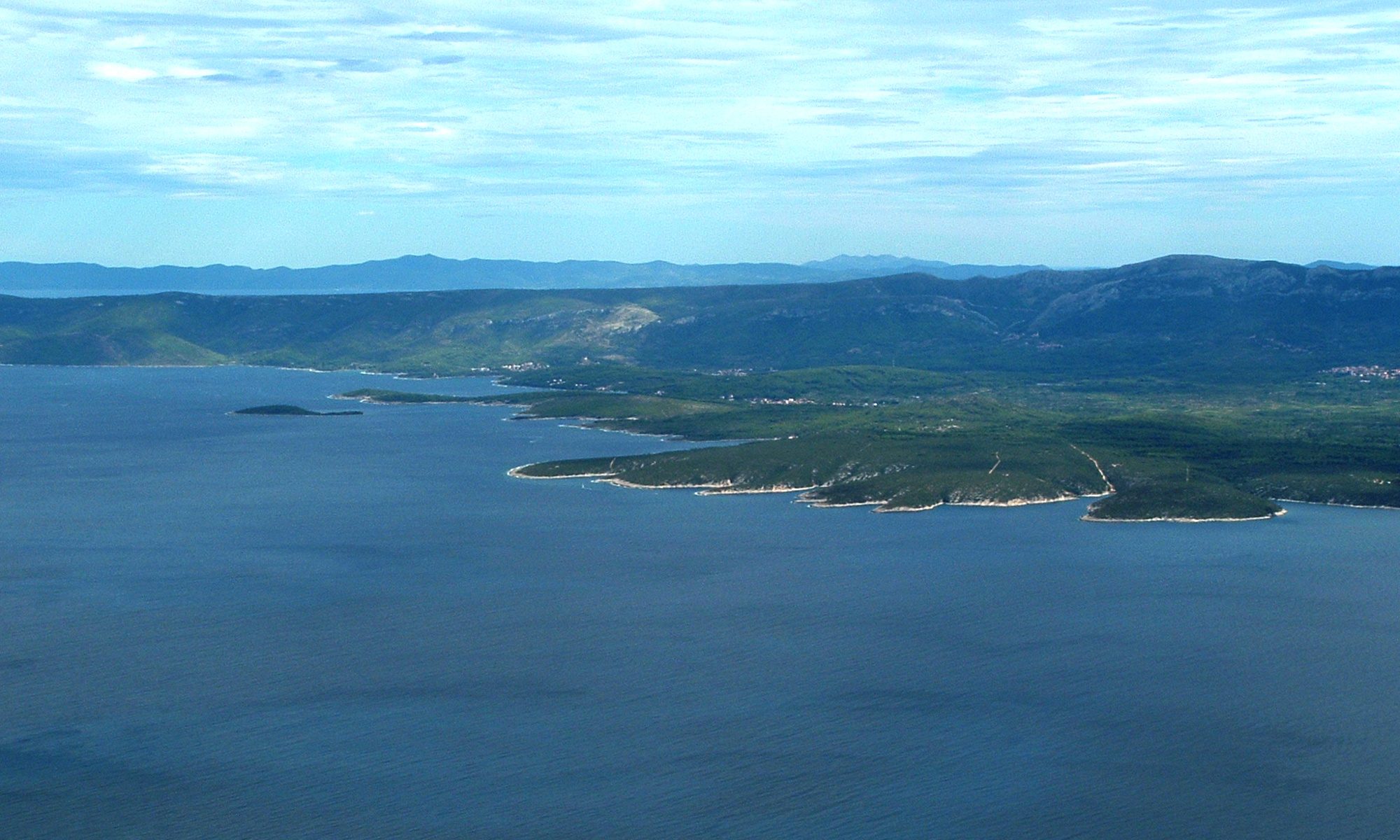Augmented reality display of a mountainous region
Klemen Kozmus Trajkovski | University of Ljubljana, Faculty of Civil and Geodetic Engineering, Slovenia
Keywords: augmented reality, terrain, mountains, 3D print, target image, target object
Augmented reality (AR) is a direct or indirect live view of a physical, real-world environment whose elements are “augmented” by computer-generated perceptual information. AR is used to enhance the natural environments or situations and offer perceptually enriched experiences. With the help of AR, the information about the surrounding real world of the user becomes interactive and digitally manipulable. Information about the environment and its objects is overlaid on the real world. This information can be virtual or real.
Basic AR can be image or object based. The target image can be any raster image with enough distinctive points. Object based AR relies on a 3D scan of the physical object. AR enhancement is feasible using a smartphone or a tablet. The AR model is built within a development platform, e.g. Unity 3D with Vuforia module.
The main topic of the research is development of AR for a mountainous area. An orthophoto, satellite image or topographic map can be used as a target image. A 3D print can serve as a target model. A 3D print has to be scanned using a special application in order to use it as a target. Various data such as virtual 3D model, orthophoto/satellite image, POI, contour lines, land use, topographic map, ridgelines, shading, etc., can then be displayed over image or object targets.
A physical model of a terrain can be achieved by using a 3D printer. A 3D print of a terrain is based on a digital elevation model (DEM). A 3D print can be in a single color of two or more colors can be mixed. The size of a single print is limited to the capabilities of the printer. However, several pieces can be joined together to form a larger model.
